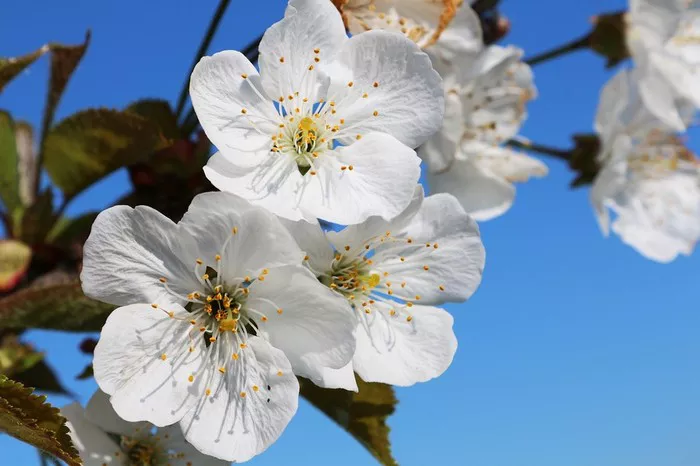Cherry blossom seasons in Japan and the United States are undergoing significant shifts, attributed to the impacts of climate change. Iconic cherry trees, celebrated for their delicate pink petals, are blooming earlier each year, altering the traditional spectacle of springtime in major cities.
Japan, renowned for its cherry blossoms or sakura, has witnessed a noticeable change in bloom timings. According to Daisuke Sasano, a climate risk management officer at the Japan Meteorological Agency, the average bloom commencement has advanced by 1.2 days per decade since 1953. From 1961 to 1990, cherry blossoms in Tokyo typically began flowering on March 29, but this date moved forward to March 24 between 1991 and 2020.
The acceleration of bloom initiation is attributed to a combination of global warming and urbanization, creating what Sasano refers to as the “urban heat island effect.” Tokyo, experiencing a 3°C temperature rise over the past century, exemplifies this trend.
Predictions from the Japan Weather Association indicate that cherry blossoms in Tokyo may start blooming as early as March 21 this year, further corroborating the trend of earlier blooms.
In the United States, specifically in Washington, D.C., the renowned National Cherry Blossom Festival faces similar shifts. Nearly 4,000 cherry trees, some gifted by Japan in 1912, adorn the city, drawing millions of tourists annually. However, the festival’s economic significance may face challenges as peak bloom dates have shifted approximately seven days earlier since 1921, according to government data.
This year, the National Park Service forecasts peak bloom between March 23 and March 26, earlier than the historical average of April 4. Alongside warmer spring temperatures, rising water levels in the nearby Potomac River, attributed to climate change, have led to concerns for the trees’ resilience. Some trees have experienced inundation of their roots due to crumbling sea walls and subsidence.
To address these challenges, the National Park Service is embarking on a climate resilience project. More than 150 cherry trees, along with a corresponding number of other tree varieties, will be removed from around the Tidal Basin and West Potomac Park. The project aims to repair sea walls and combat the effects of rising water levels. Upon completion, the agency plans to replant 455 trees, including 274 cherry trees, preserving the iconic landscape for future generations.
As cherry blossoms bloom earlier, the economic and cultural significance of these natural wonders faces new challenges, prompting efforts to adapt and mitigate the impacts of climate change on cherished traditions and landmarks.


